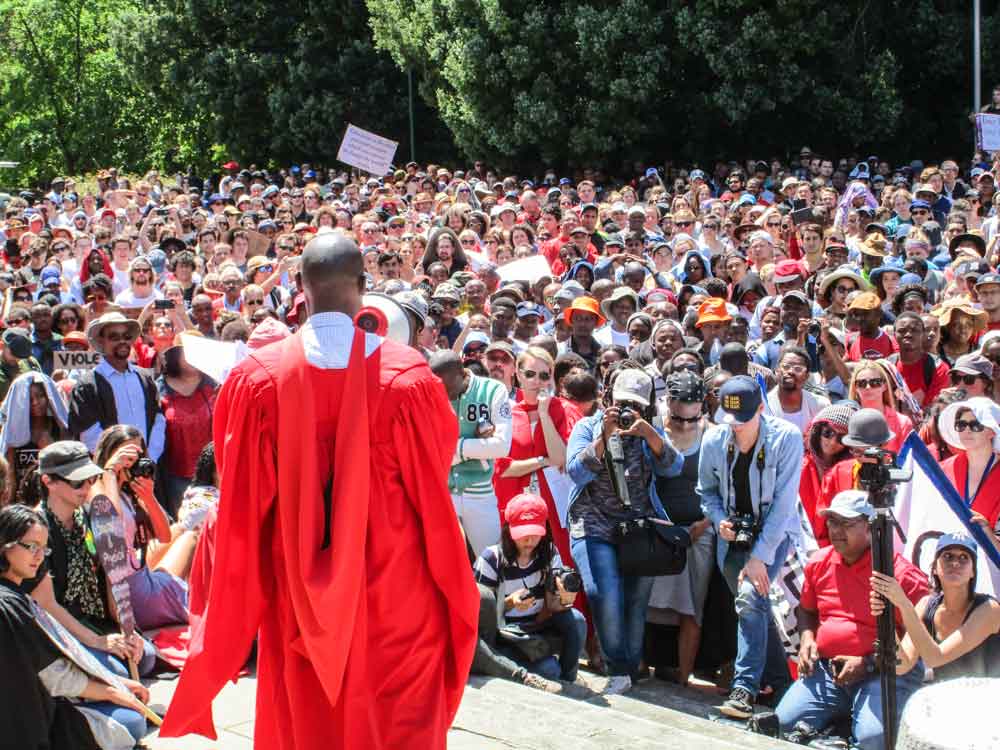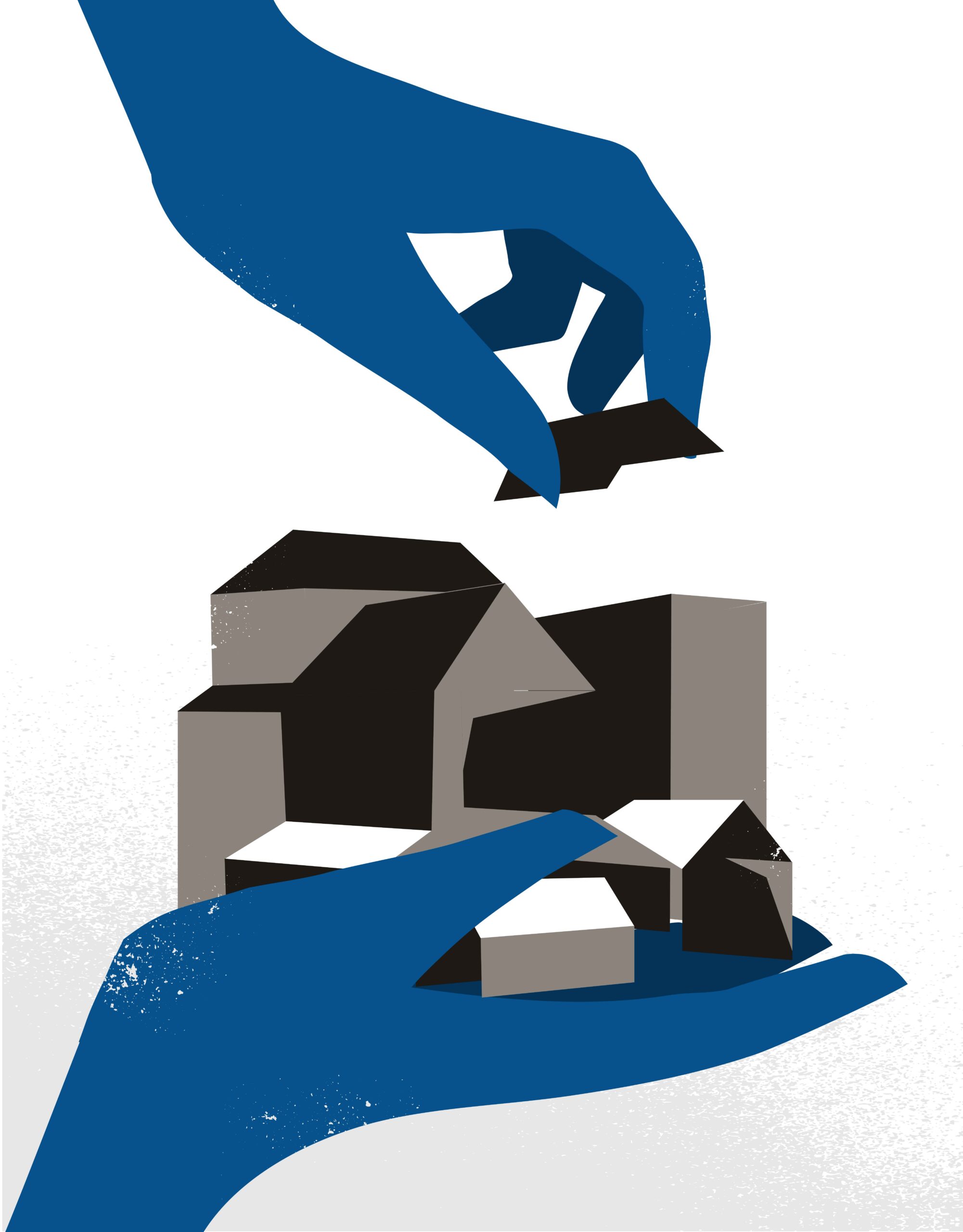The South African government has validated the right of its citizens to free tertiary education. Since the #FeesMustFall movement in 2016, it has been committed to subsidising fee-free education for 90% of academically qualified university and college students. Yet these investments come at a cost. HSRC research draws attention to the potential consequences of providing South African youth with tuition-free higher education. By Jessie-Lee Smith

Photo: Jolame Chirwa, Unsplash
South Africa faces high rates of inequality, which shapes the lives of many young people. For example, inequalities shape resource access and success in primary, secondary and tertiary education. It has been decades since democratic South Africa made tertiary education accessible to everyone, yet the majority of the country is still unable to afford it. Inequalities in tertiary education access came to a head between 2015 and 2017, when students from around South Africa took to the streets in protest of government-mandated rising university tuition fees. Many of these protests became violent, and damages to university infrastructure totalled more than R460 million.
The extent and the repercussions of these national protests led to important discussions between South African youth, students, academics, and public and private stakeholders. At the end of 2017, former President Jacob Zuma promised to provide free tertiary education to 90% of academically eligible students. Since then, public student aid programmes like the National Student Financial Aid Scheme (NSFAS) pledged, and have made steps, to increase tertiary education subsidies for low- and middle-income students.
In 2018, the South African government guaranteed a contribution of R4.5 billion to subsidise tertiary education for low-income students – or students whose combined households bring in less than R350 000 per year. Similarly, in 2024, the Department of Higher Education and Training announced that it was adding R3.8 billion to NSFAS to aid “missing middle” students, or students whose families have a total annual income of between R350 000 and R600 000.
Providing free education to the South African population aims to rectify historical injustices of unequal access to tertiary education. Zama Mthombeni, chief researcher in the HSRC, argues that enhanced employability and income prospects allow graduates to access better job opportunities, disrupting the cycle of poverty within their families and setting a positive example for future generations.
Between 2019 and 2022, NSFAS disbursed R123 billion worth of loans for 2 918 624 beneficiaries. Yet a weak economy and a national debt of over R5 billion as of February 2024 fosters debate surrounding the efficacy of these investments. If South Africa is going to keep Zuma’s promise to provide free education for 90% of its population, an initial R2.88 trillion will need to be invested.

Photo: Ian Barbour, Flickr
Providing free education will require major investments, and HSRC researchers are contributing to the discussion by adding systematic data and evidence to the debate. A study released by the HSRC in 2023 provides an overview of the financial constraints and unforeseen costs of providing fee-free education to all those in need in South Africa. “The exploration of financial pressures imposed on the government due to fee-free education policy offers crucial insights for policymakers, enabling informed decision-making to sustain and enhance educational initiatives,” says Mthombeni.
One key finding of this study is that there has been a trade-off between expanding access to education and maintaining educational quality aligned with international standards. The ability of South Africans to access education has increased, yet infrastructure and educational resource accessibility are growing at a much slower rate, resulting in overcrowded classrooms, under-resourced institutions and concerns about the overall quality of education.
Another key finding points to the negative impact that fee-free tuition would have on the South African economy. To accommodate greater numbers of students, universities need to expand their infrastructure and their resources. Other necessities such as boarding fees, textbooks, childcare and school bags also continue to increase in price. To accommodate rising prices, the government may have to increase income tax, leading to a decrease in spending power. This poses some concern, considering the constantly rising cost of living in the country. On the other hand, if government budgets were readjusted, it may lead to unfavourable outcomes for other public sectors such as healthcare: South African hospitals, for example, are already understaffed and under-resourced.
Further research conducted by the HSRC provides more insight into the potential consequences of investing in higher education. According to Dr Adam Cooper, a chief research specialist at the HSRC, “the focus on higher education is fuelling a university degree ‘arms race’ that does not help create ‘mid-level’ skills positions and is therefore not having a significant impact on the extremely high rates of youth unemployment.” This research also highlights how increasing the funding for higher education takes money away from primary and secondary education and the poorest, who will never attend university.
Theoretical ideas of bridging inequalities and alleviating poverty with subsidised education need to be upheld and supported by systematic research and data. “Through rigorous qualitative content analysis grounded in scholarly literature, this research not only advances academic understanding, but also serves as a valuable resource for shaping future educational policies that are equitable, sustainable and supportive of societal progress,” says Mthombeni.
Research contacts:
Zama Mthombeni, chief researcher in the HSRC’s Equitable Education and Economies division
Dr Adam Cooper, chief research specialist in the HSRC’s Equitable Education and Economies division


